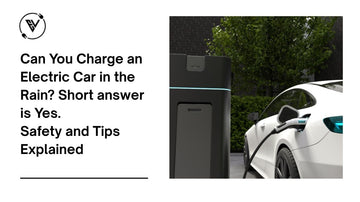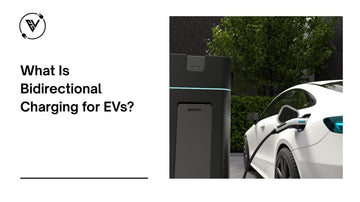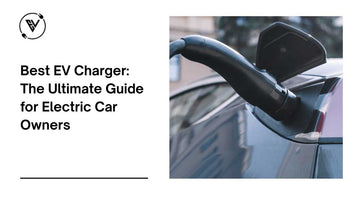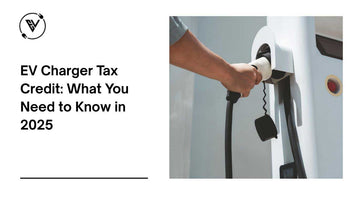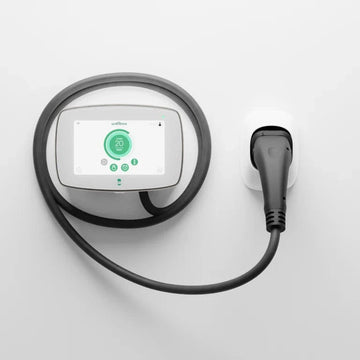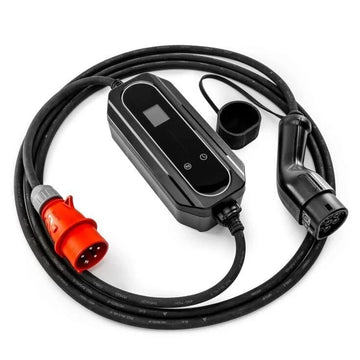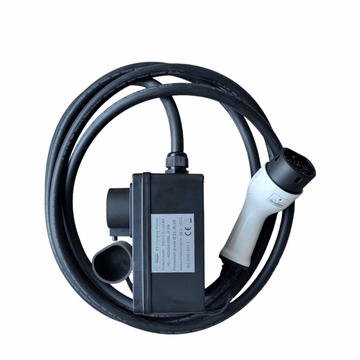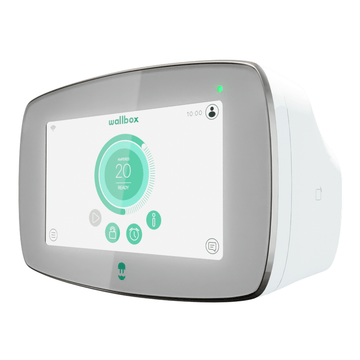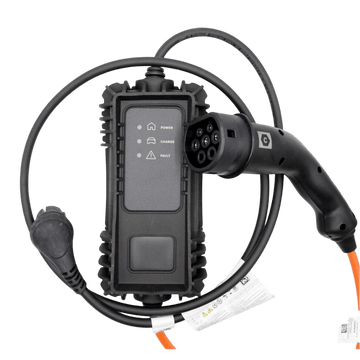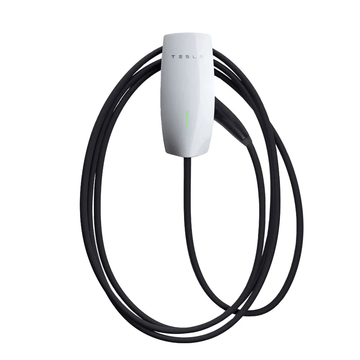Charging an electric vehicle (EV) in the rain is safe due to the rigorous safety standards and engineering controls applied to EV charging systems. An electric vehicle supply equipment (EVSE) unit is designed to deliver electricity safely in various environmental conditions, including wet weather. Most Level 1, Level 2, and DC Fast Chargers are rated to meet IP65 or higher Ingress Protection (IP) standards. P65/IP66/IP67 standards ensure resilience to dust and water intrusion.
SAE J1772 establishes safety, grounding, and performance requirements for North American EV charging connectors. NEC Article 625 further regulates EVSE installations, requiring ground-fault protection and environment-appropriate enclosures, such as outdoor-rated units for outdoor setups.
The IP67 rating, defined under IEC 60529, indicates that an enclosure is dust-tight and capable of withstanding temporary immersion in water up to 1 meter for 30 minutes.

However, this protection level applies only to the enclosure itself, not to the full electrical or operational safety of the system under submerged conditions. Major EVSE manufacturers such as ABB and Siemens offer chargers with IP66/IP67-rated housings, but continuous or submerged operation is neither expected nor required by EV charging standards.
Ground Fault Circuit Interrupters (GFCIs), moisture sensors, and automated shutoff mechanisms are commonly integrated into outdoor-rated EV chargers to prevent electrical hazards during inclement weather.

How EV Chargers Works In Wet Weather?
EV chargers work in wet weather using waterproof enclosures rated IP65 or higher, moisture detection sensors, and ground fault circuit interruption (GFCI) systems that automatically adapt to wet conditions.
Safety systems terminate power delivery when abnormal conductivity indicates water intrusion. Electrical monitoring assesses pathway integrity during charging operations, while surge protective devices prevent lightning damage during severe weather.
The recessed connectors feature shielded interfaces that minimize direct rain exposure to critical electrical components.
Double-insulated cables maintain electrical isolation between power source and vehicle.
Smart control systems require dry contact confirmation before initiating power delivery.
Waterproof enclosures (IP65+) protect protect internal circuitry from water penetration, while moisture detection sensors provide immediate feedback when environmental conditions change.
GFCI systems cut power when ground faults occur due to water contact.
Can You Use Home, Public, or Workplace Chargers in the Rain?
Yes, home, public, and workplace EV chargers can be safely used in the rain when properly installed and maintained according to National Electrical Code standards.
Residential EV charging equipment incorporates weatherproofing standards that enable reliable operation during rainfall.
Residential EV charging equipment features double-sealed connectors that prevent water ingress, undergoes rigorous soak testing to validate water resistance.
Home charger safety systems meet wet location requirements established by electrical codes.
Public charging stations include automatic moisture-detection cutoffs, follow Society of Automotive Engineers weather testing protocols for enhanced reliability. These installations feature advanced safety mechanisms that monitor environmental conditions and shut down charging when unsafe moisture levels are detected.
Workplace installations must comply with Section 625 standards, incorporate IP54-rated weather-resistant housings.
Outdoor charging infrastructure requires IP65 ratings and GFCIs for moisture-related electrical protection.
Proper installation, certified equipment, and safety protocols ensure EV charging remains safe and reliable during wet weather.
Can you use a 3-Pin or Domestic Outlet During Rain?
Using a 3-pin or domestic outlet during rain is not safe due to critical outlet safety vulnerabilities that create electrical hazards.
Exposed live contacts during plug insertion phases pose immediate electrocution risks when moisture is present, as standard domestic outlets have minimal weatherproof housing designed for indoor use only.
Insufficient sealing mechanisms at cable entry points allow moisture ingress. Moisture ingress can cause short circuits, electrical fires, or equipment damage.
Inadequate faceplate barriers create pathways for water to reach live components.
Most manufacturers e prohibit outdoor charging during precipitation, citing significant charging risks including potential electrocution, equipment failure, and fire hazards.
Using non-weatherproof outlets in wet conditions typically voids product warranties when moisture damage occurs to electrical systems or connected devices.
Standard domestic outlets lack the IP (Ingress Protection) ratings required for safe outdoor use in wet weather conditions.
Professional weatherproof outlets with proper sealing, covers, and GFCI protection are specifically designed for outdoor applications where moisture exposure is possible.
IP Ratings and Waterproof Standards (IP65, IP67)
IP65 provides complete dust protection and water jet resistance, while IP67 offers dust-tight sealing with 30-minute submersion capability at one-meter depth.
IP65 standards feature the 6 rating for dust protection, ensuring no particle ingress, combined with 5-level liquid protection against water jets from any direction at 30 kPa pressure.
The IP67 rating maintains identical dust-tight protection but upgrades liquid resistance to level 7, enabling 30-minute submersion in one-meter water depth without damage.
Both IP ratings share the first digit 6, indicating complete dust-tight enclosures, while the second digits (5 versus 7) differentiate water ingress capabilities.
Outdoor EV charging installations mandate minimum IP65 certification for standard weather protection, whereas flood-prone locations require IP67-rated equipment to withstand temporary submersion events and ensure operational safety.

When Should You Avoid Charging Your EV?
EV owners should avoid charging when:
- Cables show exposed wires, frayed insulation, or corroded connectors.
- Standing water is present around charging stations.
- Battery warning indicators appear
- Unusual sounds or overheating occur.
Damaged charging cables create serious safety risks. Equipment damage, injury, and electrical hazards necessitate immediate cessation of charging operations.
Environmental hazards increase charging dangers when standing water or faulty GFCIs are present. GFCI protection must be functional o ensure safety during charging.
Charge circuit interrupting devices compromise safety systems when they fail to operate properly.
Battery management system indicators signal potentially dangerous conditions.
Unusual arcing sounds indicate electrical faults. Overheating charging ports present fire hazards and risk of equipment damage.
Non-certified equipment creates additional safety hazards. Extension cords, multiplug adapters, and unauthorized components are included in non-certified equipment.
Manufacturer-approved components must replace compromised charging systems. Replacement with certified components ensures proper safety standards and prevents electrical incidents.
Does Rain Affect Electric Car Battery Performance or Charging Speed?
Rain does not significantly affect electric car battery performance or charging speed.
EV batteries maintain efficiency during precipitation. They are sealed units protected from moisture ingress.
Modern charging stations feature weatherproof designs with IP65 protection ratings that ensure safe power delivery during rain events.
The charging infrastructure includes insulated connectors, protective housing, and automated safety systems. Safety systems maintain consistent charging rates regardless of wet weather conditions.
Battery thermal management systems continue operating normally during rain. Lithium-ion cells remain unaffected by external moisture.
Standard precipitation does not impact the electrical conductivity or power transfer efficiency.


